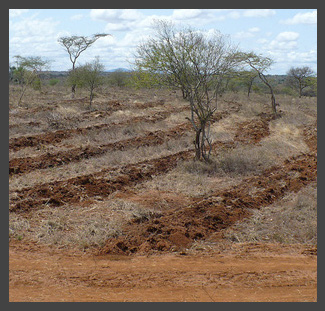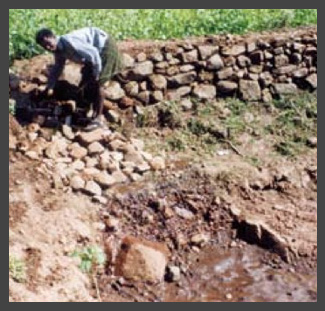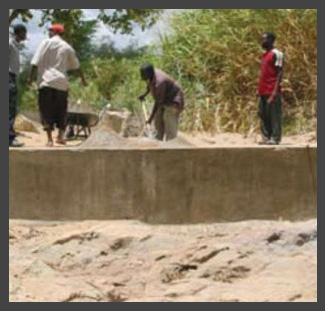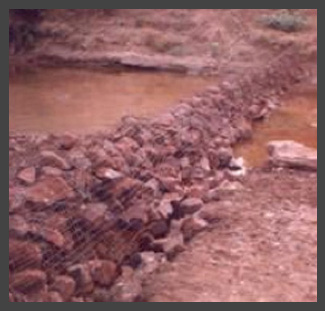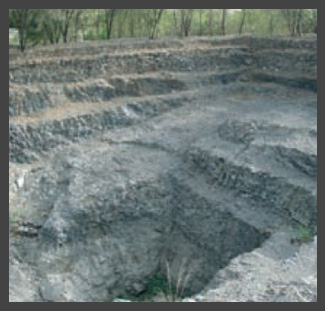Difference between revisions of "Water Portal / Rainwater Harvesting / Groundwater recharge"
From Akvopedia
(→Aquifer recharge links) |
(→Acknowledgements) |
||
| Line 71: | Line 71: | ||
==Acknowledgements== | ==Acknowledgements== | ||
| − | * Tuinhof, Albert and Heederik, Jan Piet. [http:// | + | * Tuinhof, Albert and Heederik, Jan Piet. [http://docs.watsan.net/Downloaded_Files/PDF/Tuinhof-2002-Management.pdf Management of Aquifer Recharge and Subsurface Storage] or ([http://siteresources.worldbank.org/INTWRD/Resources/GWMATE_Final_booklet.pdf alternative link]). Netherlands National Committee for the IAH and Netherlands Hydrological Society. 2002. |
* [http://water.epa.gov/type/groundwater/uic/aquiferrecharge.cfm Aquifer Recharge (AR) and Aquifer Storage & Recovery (ASR)]. United States EPA. | * [http://water.epa.gov/type/groundwater/uic/aquiferrecharge.cfm Aquifer Recharge (AR) and Aquifer Storage & Recovery (ASR)]. United States EPA. | ||
* [http://www.uneca.org/acpc/about_acpc/policy_documents/papers/WP6-Groundwater%20final%20draft.pdf Management of Ground Water in Africa Including Transboundary Aquifers: Implications for Food Security, Livelihood and Climate Change Adaptation.] United Nations Economic Commission for Africa, African Climate Policy Centre, 2011. | * [http://www.uneca.org/acpc/about_acpc/policy_documents/papers/WP6-Groundwater%20final%20draft.pdf Management of Ground Water in Africa Including Transboundary Aquifers: Implications for Food Security, Livelihood and Climate Change Adaptation.] United Nations Economic Commission for Africa, African Climate Policy Centre, 2011. | ||
| − | * CARE Nederland, | + | * CARE Nederland, Desk Study: [[Resilient WASH systems in drought prone areas]]. October 2010. |
Revision as of 03:23, 27 November 2012
Artificial aquifer recharge (AR) is the enhancement of natural ground water supplies using man-made conveyances such as infiltration basins, trenches, dams, or injection wells. Aquifer storage and recovery (ASR) is a specific type of AR practiced with the purpose of both augmenting ground water resources and recovering the water in the future for various uses.
Climate change considerations
- More storage capacity needed to overcome seasonal dry periods and to reduce floods.
- Higher rainfall intensities may exceed infiltration capacities. Create storage, enhanced infiltration or artificial recharge.
- Lower rainfall results in the need for transport and storage of water from other areas.
- Changes in vegetation will cause changes in evapotranspiration, surface runoff, erosion and sediment transport/deposition. This requires water and soil conservation measures, like terracing.
Aquifer recharge links
- Sustainable Development of Groundwater Resources in Southern and Eastern Africa. International Atomic Energy Agency.
- Rainwater Harvesting and Utilisation. or (alternative link). Blue Drop Series: Book 2: Beneficiaries & Capacity Builders. UN-HABITAT.
- Managed Aquifer Recharge (MAR)
Acknowledgements
- Tuinhof, Albert and Heederik, Jan Piet. Management of Aquifer Recharge and Subsurface Storage or (alternative link). Netherlands National Committee for the IAH and Netherlands Hydrological Society. 2002.
- Aquifer Recharge (AR) and Aquifer Storage & Recovery (ASR). United States EPA.
- Management of Ground Water in Africa Including Transboundary Aquifers: Implications for Food Security, Livelihood and Climate Change Adaptation. United Nations Economic Commission for Africa, African Climate Policy Centre, 2011.
- CARE Nederland, Desk Study: Resilient WASH systems in drought prone areas. October 2010.


